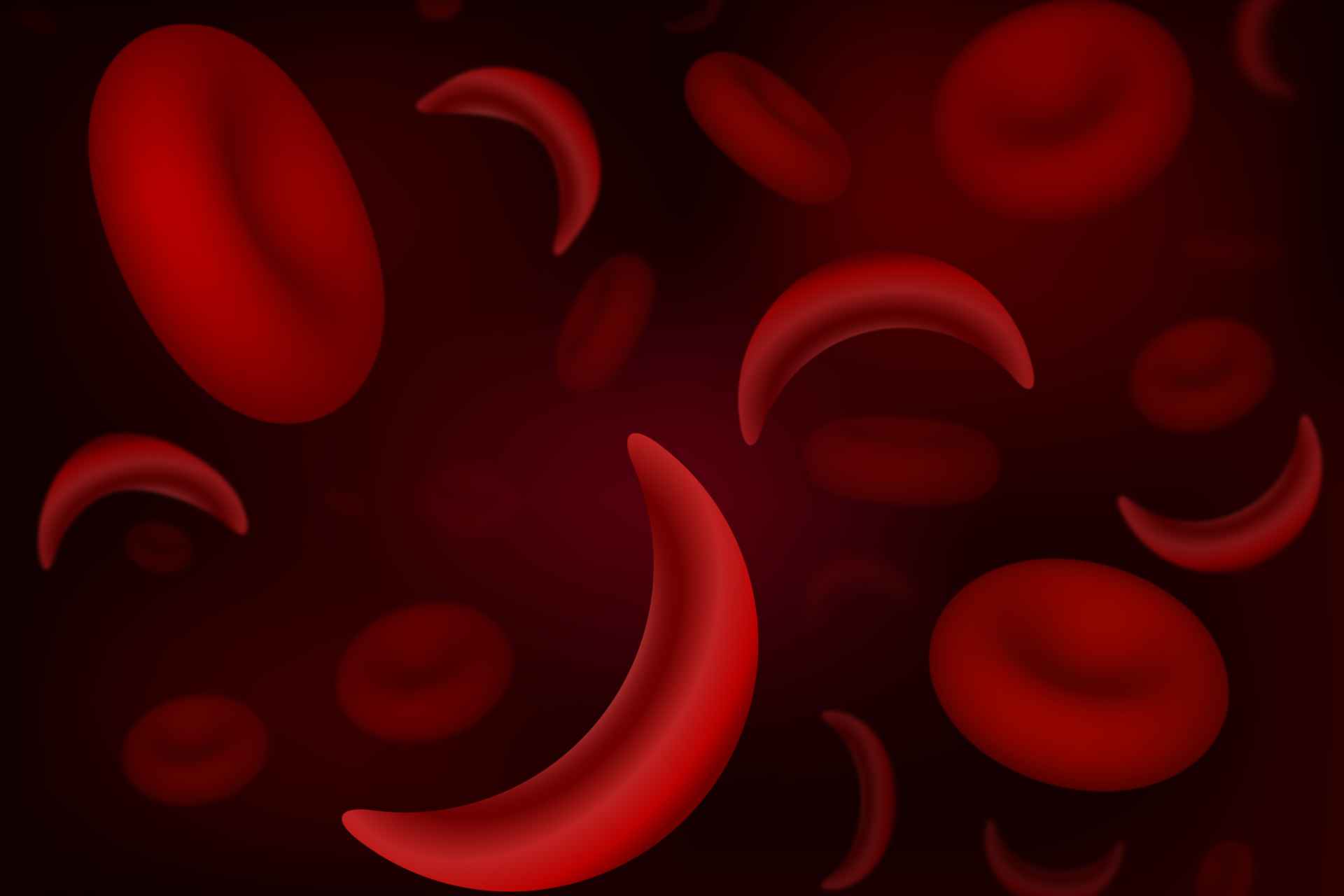Sickle cell disease is an inherited blood disorder that causes ongoing pain, but its cause is not well understood and effective pain treatments are limited. Now, a study in mice reveals that chronic pain associated with the condition may be driven by imbalances in gut bacteria that lead to high levels of bilirubin, which overstimulates pain-sensing nerve cells.
The findings, published in Cell Host & Microbe, suggest that restoring beneficial bacteria could lead to new treatments for chronic pain in people with sickle cell disease.
Researchers have long suspected that damage from sickled red blood cells may disrupt gut bacteria, and studies show that people with the disorder have different gut bacteria than healthy individuals. However, it’s unclear whether chronic pain in sickle cell disease could be directly driven by gut-related factors.
So, Amanda Brandow at Medical College of Wisconsin in Milwauke and her colleagues set out to investigate how gut bacteria contribute to chronic pain in mice with the disorder.
Pain drivers
Compared to healthy mice, those with sickle cell disease had a different mix of gut bacteria, with lower amounts of Akkermansia muciniphila—a bacterium known to support gut health. When these mice were given gut bacteria from healthy mice, their pain temporarily decreased. Giving the animals A. muciniphila also eased several types of pain.
Next, the researchers gave healthy mice fecal transplants from either mice with sickle cell disease or healthy animals. The mice that received gut bacteria from diseased animals developed pain symptoms—including sensitivity to cold and heat—while those given gut bacteria from healthy mice did not.
The pain was linked to increased activity in nerve cells that connect the gut to the brain through the vagus nerve. The researchers also observed that certain chemical byproducts from red blood cell breakdown, such as biliverdin and bilirubin, were much higher in the stool of mice with sickle cell disease than in healthy animals.
Pain management
Giving healthy mice bilirubin caused pain symptoms and made some nerve cells connected to the gut more excitable, sending stronger signals through the vagus nerve to the brain. Bilirubin activates these gut nerves by binding to specific channels called TRPM2. Blocking these channels with a drug reduced pain in both diseased mice and those given gut bacteria from animals with sickle cell disease.
People with the condition also have elevated blood bilirubin and fewer bilirubin-processing gut bacteria, the researchers found. This suggests that sickle cell disease patients may have unusually high bilirubin levels, which could overstimulate pain pathways, the authors say.
The findings may pave the way for new therapeutic strategies to help manage chronic pain, they add. “Chemical or probiotic therapies that reduce gastrointestinal bilirubin should be further studied to determine their efficacy in [sickle cell disease] pain management.”









